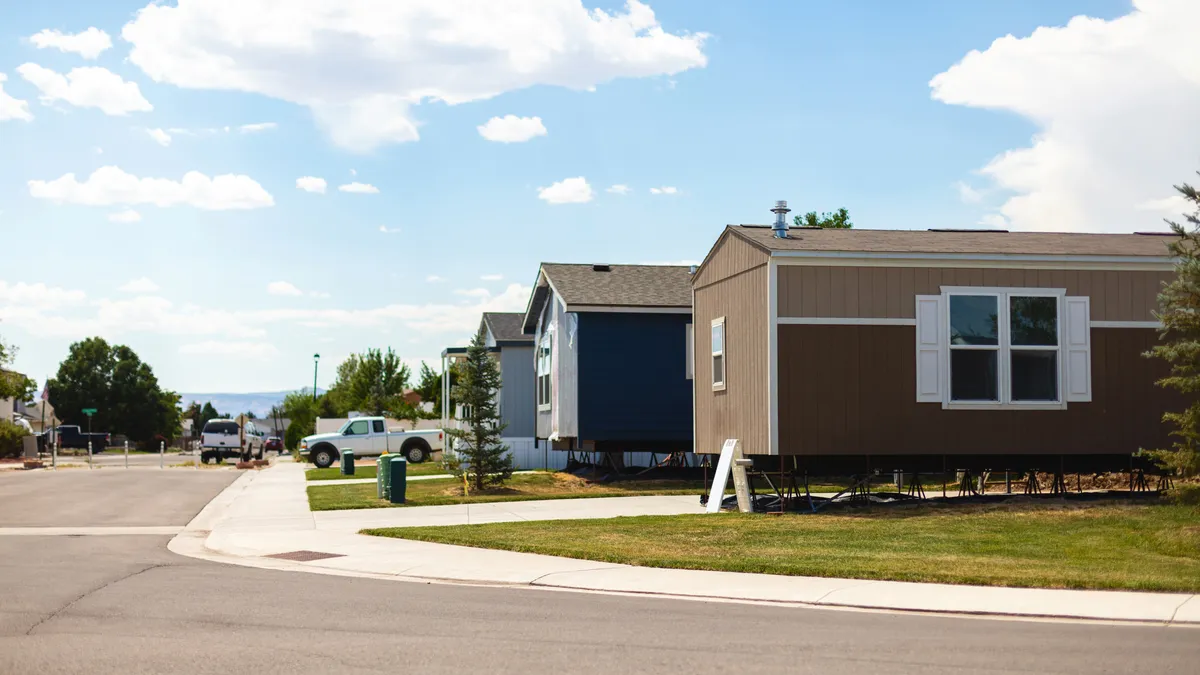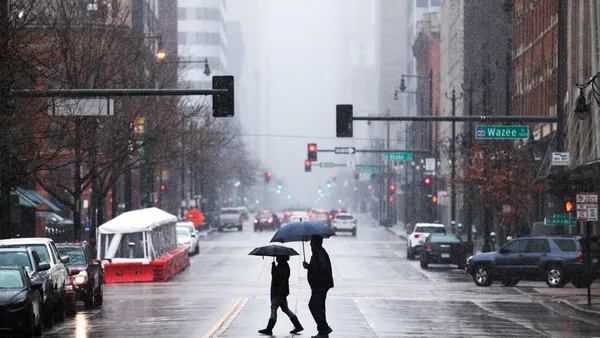Dive Brief:
- Atlanta is the 100th city to become certified through LEED for Cities and Communities. The U.S. Green Building Council (USGBC) launched the program in 2016 to provide a framework for cities to measure and track their sustainability.
- The city's resilience strategy, Resilient Atlanta, was a key element for earning certification. Specific initiatives the USGBC found notable include the city's Clean Energy Plan, intended to get Atlanta to 100% clean energy while prioritizing equity and affordability; Atlanta's electric vehicle (EV) car-sharing program, providing transportation for individuals with low mobility access, including those previously incarcerated; and a partnership with Georgia Tech to help residents use data and technology to solve neighborhood issues.
- At less than three years old, USGBC considers it an accomplishment for this program "to be a new kid on the block and have 100 cities under the belt," Vatsal Bhatt, director of LEED for Cities and Communities, told Smart Cities Dive. The organization anticipates certifying more cities before the end of the year.
Dive Insight:
LEED certification has become a well-known standard for green building codes. LEED for Cities and Communities aims to help cities examine their sustainability in a comprehensive manner. That sets it apart from the growing field of other certifications and sustainability initiatives, Bhatt said.
"There are programs out there looking into specific aspects of a city, but this particular program is looking comprehensively at all these aspects... We're not only talking about walkability or bikeability or energy or quality of life," he said. "Many cities that are getting certified are telling us that the comprehensive process... allows them to bring all of their partners and departments to (the) same table. It breaks the silos."
The program helps cities get a sense of their current sustainability and then track it moving forward.
"What we are trying to do is look at where they are now, create a baseline... and then think about the future," Bhatt said.
Earlier this year, USGBC offered technical and financial assistance to 15 cities seeking LEED certification with a $500,000 grant from Bank of America. The organization also recently updated its LEED standard to a new edition, v4.1.
In addition to the programs USGBC specifically cited as influential in achieving certification, Atlanta has taken on a number of other initiatives to promote cleaner energy and decrease its carbon footprint. Two years ago, the city council unanimously passed an ordinance requiring builders to install electrical infrastructure that will support EV chargers in each new residential and commercial structure.
Last year, it was named a winner of the Bloomberg Philanthropies American Cities Climate Challenge, in part because it was the first city in the Southeast to pass a building energy benchmarking and transparency ordinance. This year, it partnered with the National Association of City Transportation Officials (NACTO) to plan "high-quality" bike and transit projects to cut emissions.
Atlanta has had some of the country's most significant growth over the past decade and leaders are focusing on equity to ensure all citizens have access to services despite the growth. This summer the city unveiled an affordable housing plan.
It also is creating a 7.1-acre food forest to serve as green space, an educational zone and a place where citizens can pick fruits, vegetables, herbs and nuts. That program helps to increase food equity among citizens because it is located in an area the U.S. Department of Agriculture (USDA) considers a food desert.
Atlanta has made a concerted effort in the last couple years to improve and invest in its transit system, which lags other cities'. The city now has its first unified transit agency and released a plan to greatly expand the transit system, including in underserved portions of the city. The Atlanta City Council also approved a long-term transportation plan intended to increase citizens' mobility and provide alternative transportation to vehicles as the region's population grows.











